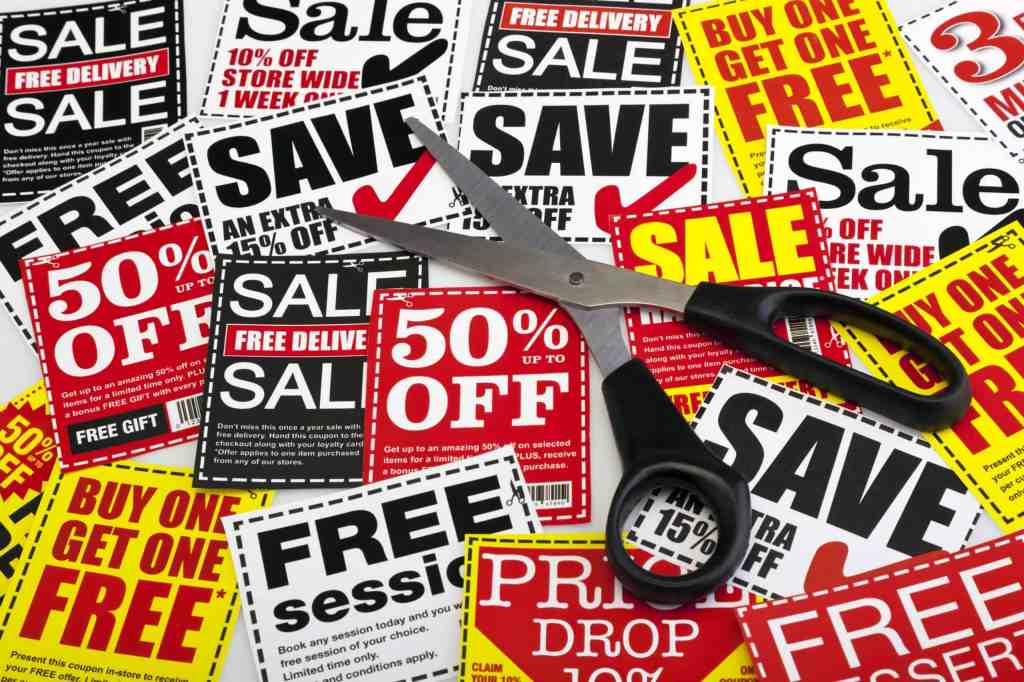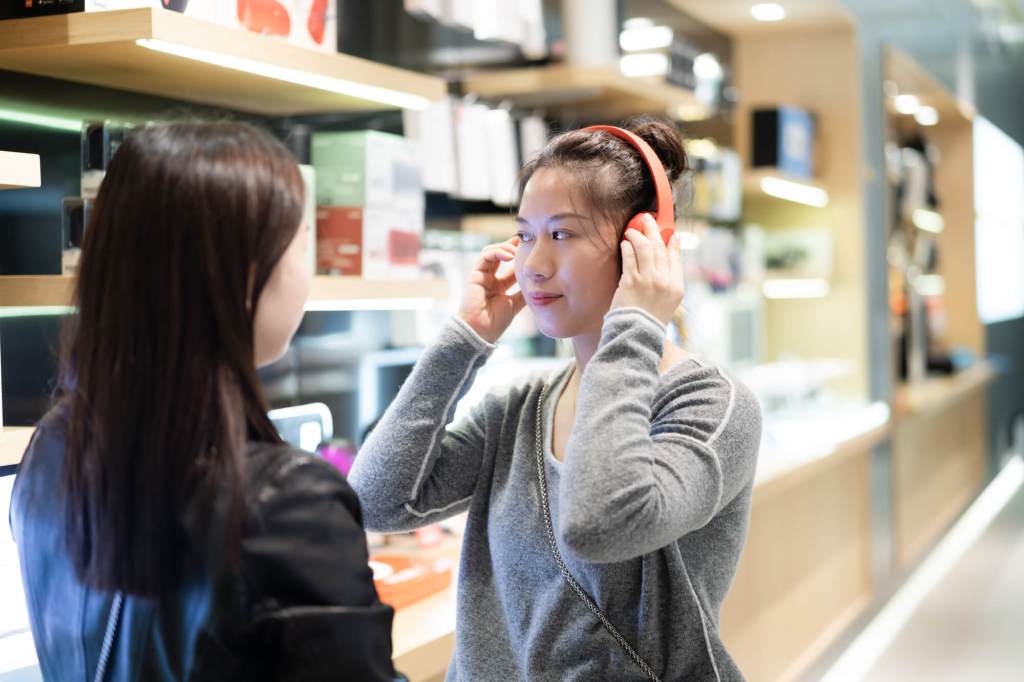Historically, coupons were viewed simply as a mass promotion vehicle to drive more sales of a particular product. In the digital age, customer information provides retailers the opportunity to join forces with suppliers to personalize and to optimize coupon distribution in a way that serves a multitude of objectives. For example, personalized coupons can support introduction to categories and products, retention of customer revenue, cross-sell strategies, improvement of brand and private-label recognition, and more.
To achieve these objectives with a reasonable ROI, utmost attention must be given to the effectiveness of efforts in creating the right mix of personalized coupons.

In a previous blog post, we discussed tactics for coupon personalization for newly acquired customers in FMCG retailing. In this post, I extend the discussion to other coupons that serve the continuous optimized targeting of marketable customers.
Obviously, the effectiveness of these personalization and optimization concepts is highly dependent on having the right bank of coupons in place. This bank of typically hundreds or even a few thousand coupons should fulfill many different customer needs, and at the same time, address the business objectives of the retailer and its suppliers. A limited coupon bank in terms of quantity and variety, even when using the best personalization and optimization technology, will fall short.
But it isn’t just about supporting marketing objectives. Since maintaining a coupon bank is costly and can potentially be an operational burden, it is crucial to create the right mix of offers using the right methodology. In fact, each coupon requires creative work, maintenance of backend systems, operational considerations such as avoiding conflicts with other marketing initiatives, alignment with pricing changes, and negotiation and settlement with suppliers.
Addressing varying customer needs with suitable coupons
To create a bank that can fulfill a retailer’s multiple and sometimes competing objectives, let’s first map customer needs into four categories: Essentials, Specials, Desires, and Exotic. Diagram A provides a rough grouping of products purchased by customers into various categories of a hypermarket with these four categories:
- Essentials are products that most of the customers buy in high frequency, such as fresh food and fruit.
- Specials are products that part of the customers buys frequently to satisfy their special needs, such as baby products.
- Desires are products that most of the customers buy in relatively low frequency, to satisfy their desires, such as snacks.
- Exotics are products that part of the customers buys in relatively low frequency to cover their occasional needs, such as clothes.

Here are the basic principles to select the right products:
- Attractiveness. For the most part coupons should come from the Essentials, Specials, and Desires categories. Coupons of Exotic categories are not effective for driving a recurring value proposition and should not be part of the continuous targeting bank. They can, however, be useful when creating ad-hoc marketing initiatives for momentary business needs such as driving sales in a specific period, category, or product.
- Reach. Products from Desires, Essentials and Specials that have a high affinity with other products and categories are appropriate for diversifying the basket and enhancing the relationship.
- Value. On aggregate, products selected from these distinct categories should represent at least 25% of the total category sales transaction. In this way, we ensure sufficient customer base coverage.
Addressing specific marketing objectives
Once the right selection of products has been achieved, personalized targeting will require associating coupons to marketing objectives. This association should benefit the retailer and suppliers who often fund these coupons. Here are guidelines for the use of coupons to fulfill these objectives in a reversed view of the customer lifecycle:
- Win back. Coupons in the Specials category are “niche” products that satisfy specific needs such as specialty cuisine, and are unique and differentiating. They go beyond retention and may bring back customer that left.
- Retention. Products in the Essentials and Specials categories, taking into consideration customers’ affinities to specific brands are best for retention and for fighting basket splitting.
- Growth. Coupons for products in the Desires category are best for basket growth since customers can often be convinced to buy them in larger quantities or frequency with the right promotion.
- Profitability. Coupons for products from the Specials category are the antithesis of Essentials, which are typically best sellers and exposed to “price wars”. Since Specials carry unique value, their promotion via personalization can contribute to profitability. Many products from the Desires category are also profitable and can be used for this objective.
- Acquisition. Coupons for products in the Essentials category are best for transforming new customers into repeating customers. See more on this in a previous blog post.
Conclusion
A rich coupon bank, that fulfills a broad variety of customer needs and addresses the different business objectives of the retailer, is the foundation that enables personalization engines to select the best set of offers for each customer and to optimize the business benefits for both retailers and suppliers. Once created, this coupon bank can be used and then reused in one-off and recurring personalized campaigns, using multi-objective offer personalization and optimization, as described in an earlier blog post.
I hope you found the ideas and thoughts on how to select products for your coupon bank useful. Happy couponing!




